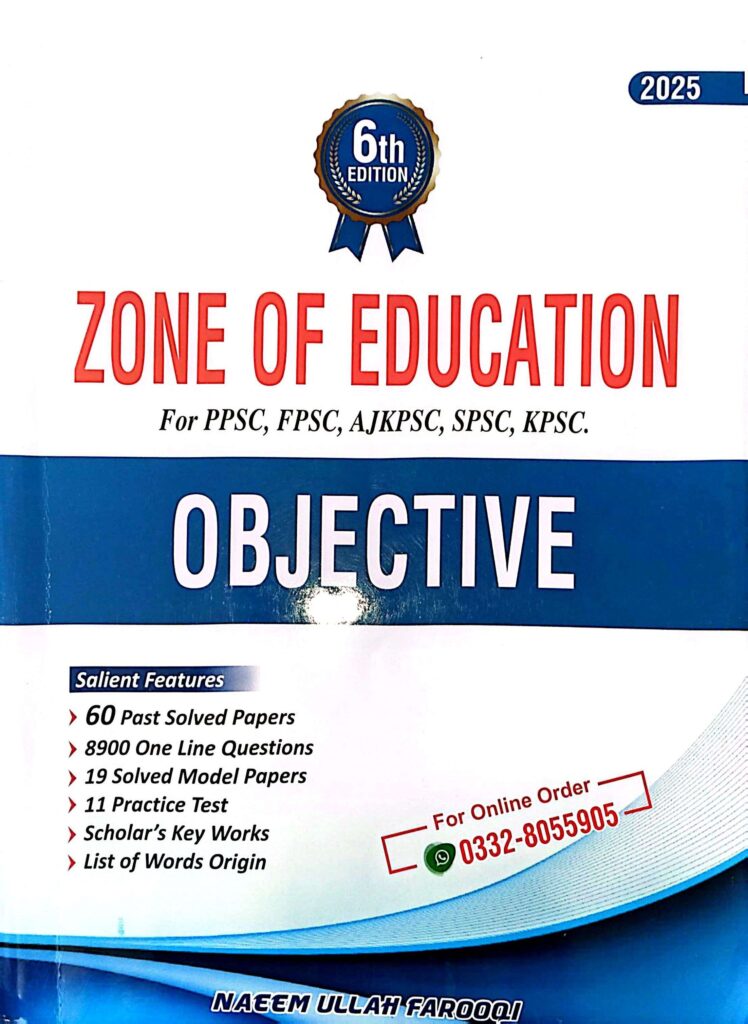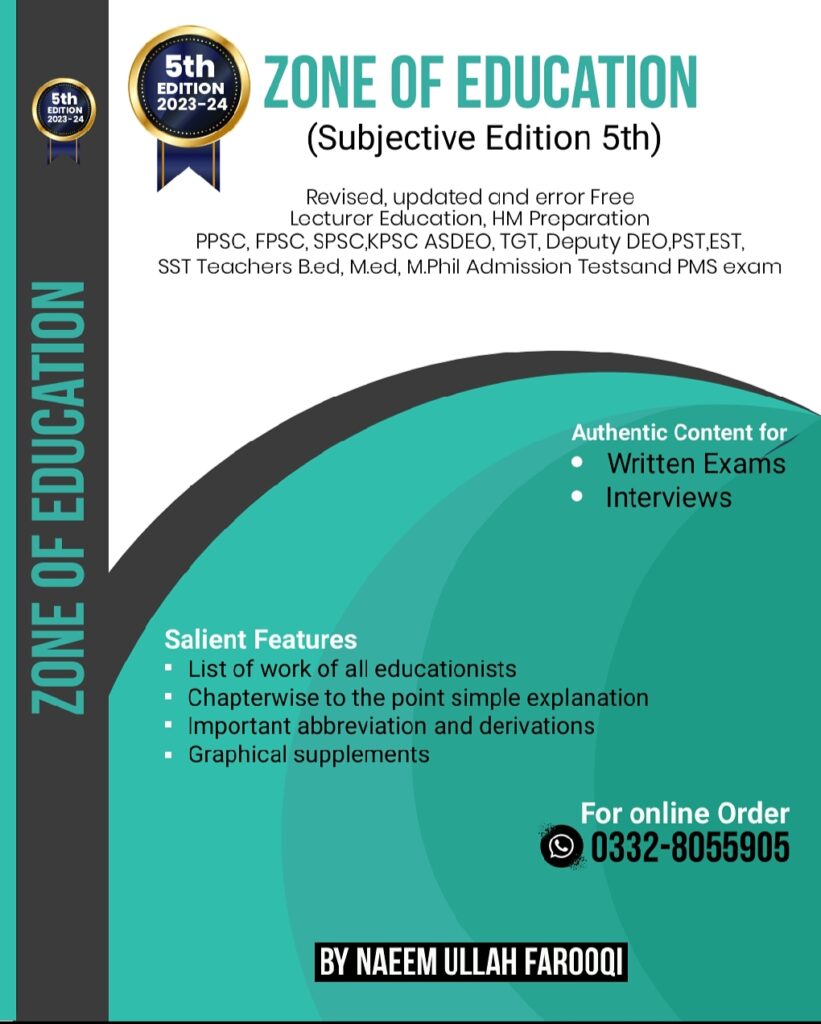Educational Research
The Randomized Solomon Four group design provides the best control of the threats to:
· A. Internal validity
· B. External validity
· C. Internal reliability
· D. External reliability
183. The process of pairing two people’s whole scores on a particular variable that are similar is called:
· A. Statistical matching
· B. Statistical equating
· C. Mechanical matching
· D. Both a and b
184. Quasi-experimental design does not include the use of:
· A. Random assignment
· B. Random selection
· C. Mechanical matching
· D. None
185. Designs represent another technique for equating experiment and comparison groups:
· A. The matching only design
· B. Quasi-Experimental design
· C. Counter-Balanced design
· D. None
186. The threats to internal validity that endanger the use of this design include:
· A. History
· B. Instrumentation
· C. Testing
· D. All of these
187. Another value of a fractional design is that it allows a researcher to study the _ of an independent variable with one or more other variables:
· A. Classification
· B. Interaction
· C. Analyzing
· D. Study
188. _ designs are adaptations of basic Time Score Design:
· A. Single-Subject design
· B. The A-B-D design
· C. The A-B-A design
· D. None of them
189. A technique that enables researchers to determine a correlation between a criterion variable and a predictor variable is called:
· A. Discriminant Function Analysis
· B. Multiple Regression
· C. Path analysis
· D. None
190. The technique of Multiple Regression cannot be used when the criterion variable is:
· A. Categorical
· B. Quantitative
· C. Qualitative
· D. None
191. The technique that allows a researcher to determine if many variables can be described by a few factors is:
· A. Factor analysis
· B. Path analysis
· C. Structural modeling
· D. Discriminant function analysis
192. The essential idea behind path analysis is to:
· A. Formulate a theory
· B. Observe variable
· C. Describe a path
· D. None
193. Coefficients that are near or at .35 indicate that _ relationships exist between the variables involved:
· A. Strong
· B. Slight
· C. No
· D. Weak
194. The most commonly used test in causal-comparative studies is a:
· A. t-test
· B. ANOVA
· C. MANOVA
· D. None
195. Analysis of covariance is particularly useful in:
· A. Experimental studies
· B. Causal-Comparative studies
· C. Action studies
· D. Survey studies
196. A researcher wants to assess the literacy level of prospective science teachers only. The number of the sample is getting smaller, so he has to use the full population as the sample. For this purpose, he will use:
· A. Survey
· B. Census
· C. Action
· D. None
197. It is a set of categories an observer uses to record a person’s or group’s behavior:
· A. Coding scheme
· B. Interviewing
· C. Member checking
· D. Retrospective interview
198. Interviews may be:
· A. Structured
· B. Semi-structured
· C. Retrospective
· D. All of them
199. Reliability in content analysis is commonly checked by comparing the results of two:
· A. Independent scores
· B. Dependent scores
· C. Independent vs. dependent scores
· D. Both a and b
200. A sample in which all of the members possess a certain trait or characteristic is:
· A. Homogenous sample
· B. Extreme case sample
· C. A typical sample
· D. A confirming sample
1. The type of research by purpose:
(a) Basic Research
(b) Applied Research
(c) Action Research
(d) All above
2. The type of research by method:
(a) Basic Research
(b) Applied Research
(c) Action Research
(d) Experimental Research
3. The research concerned with the development of theories is called:
(a) Basic Research
(b) Applied Research
(c) Action Research
(d) Experimental Research
4. The research concerned with the use or testing of theories is:
(a) Basic Research
(b) Applied Research
(c) Action Research
(d) Experimental Research
5. The research concerned with classroom problems is:
(a) Basic Research
(b) Applied Research
(c) Action Research
(d) Experimental Research
6. The research involved in explaining events of the past:
(a) Historical Research
(b) Experimental Research
(c) Action Research
(d) Descriptive Research
7. The research concerned with the current status of the subject of study is:
(a) Historical Research
(b) Experimental Research
(c) Action Research
(d) Descriptive Research
8. The effect of the independent variable on the dependent variable is studied in:
(a) Historical Research
(b) Experimental Research
(c) Action Research
(d) Descriptive Research
9. Criticism is an important step in:
(a) Historical Research
(b) Experimental Research
(c) Action Research
(d) Descriptive Research
10. Randomly formed groups are a characteristic of:
(a) Historical Research
(b) Experimental Research
(c) Action Research
(d) Descriptive Research
JOIN ZONE OF EDUCATIONPK!
Discover the most comprehensive and reliable pedagogy resources in Pakistan, curated for competitive exam success. Our content covers all competitive exam MCQs, including PPSC, FPSC, AJKPSC, SPSC, and more. Designed to empower learners with top-notch material and insights, trust us for your preparation journey!


